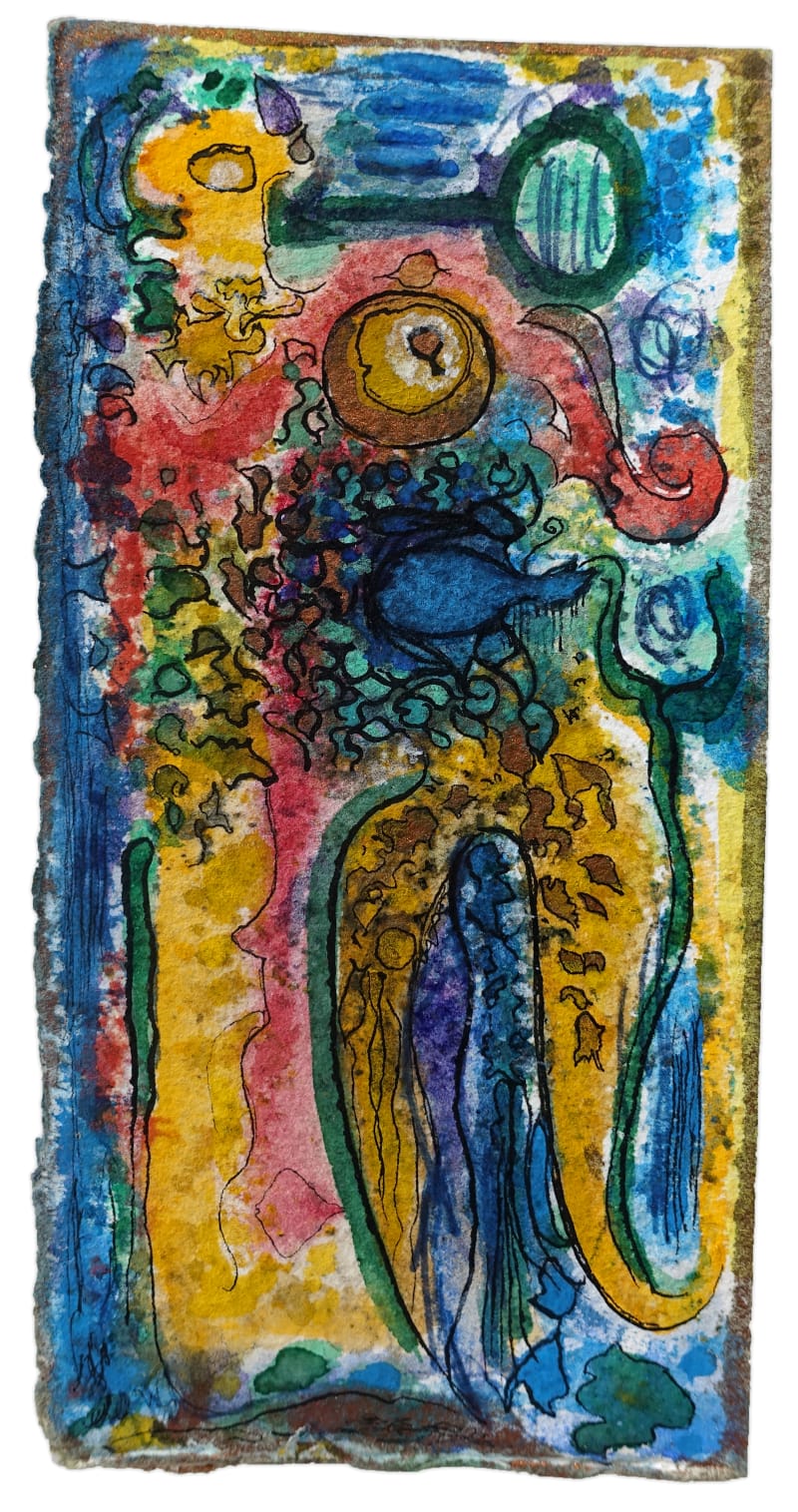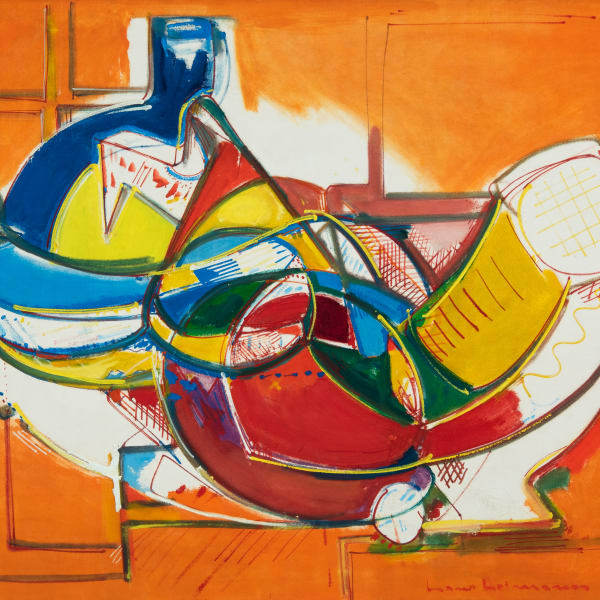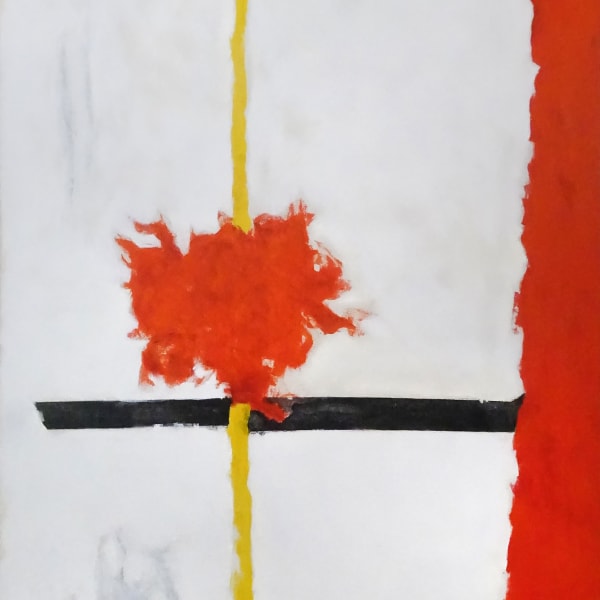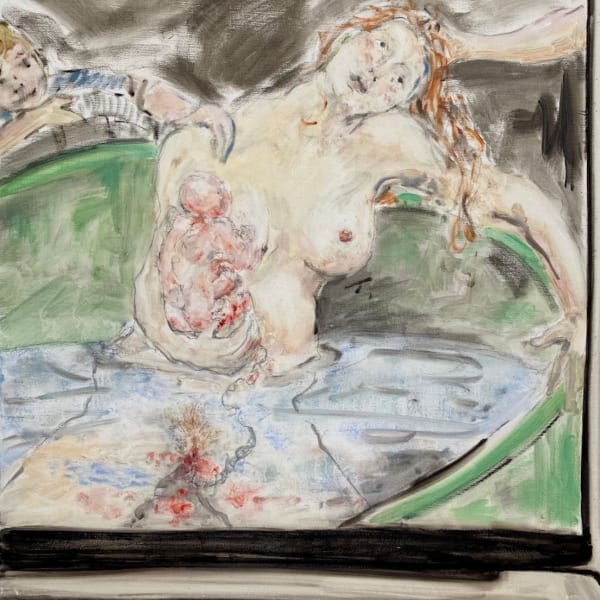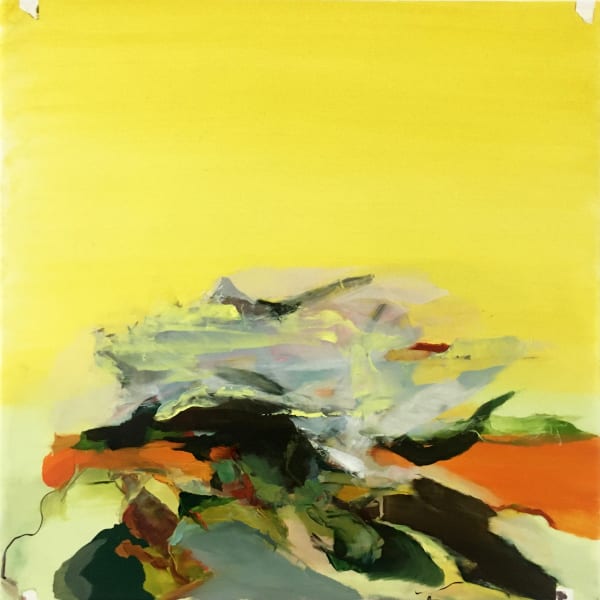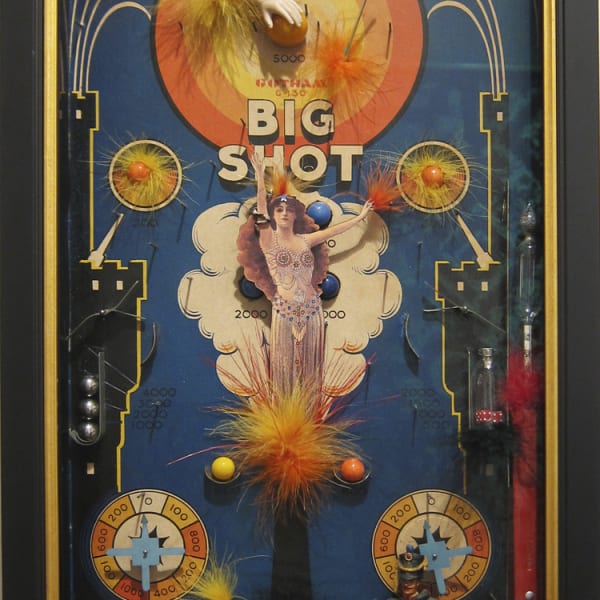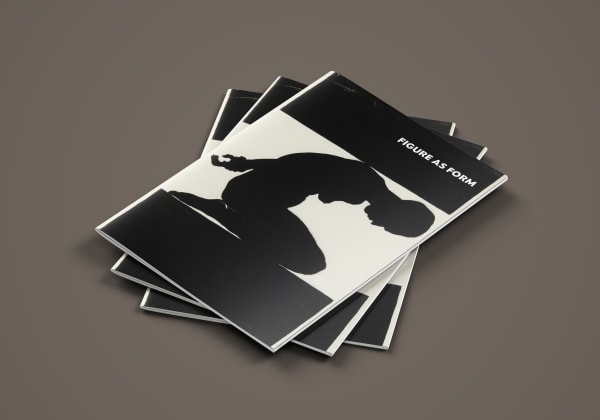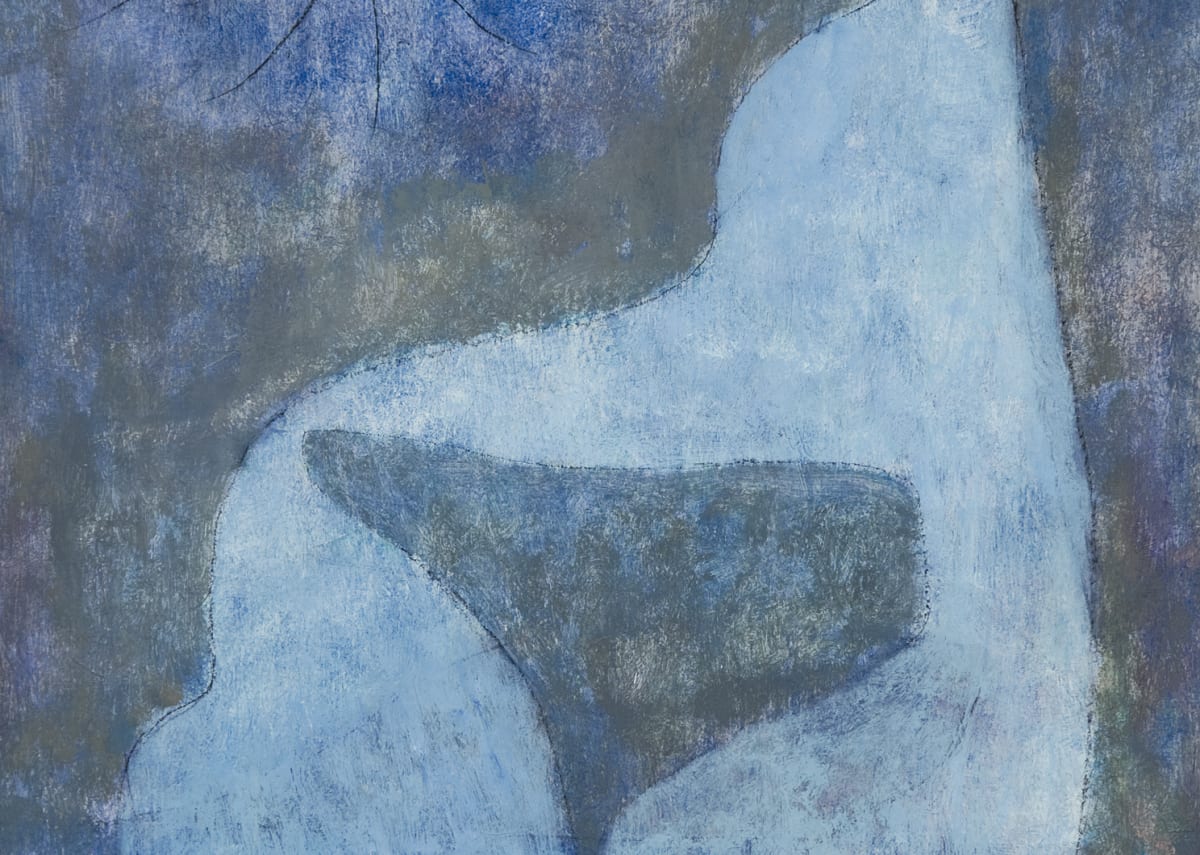
Powerful dualities—circle and square, spirit and body, light and substance—are the central subject of his radiant abstract paintings.
Richard Pousette-Dart was a pioneering Abstract Expressionist before leaving New York City in 1951 to preserve his artistic independence. Powerful dualities—circle and square, spirit and body, light and substance—are the central subject of his radiant abstract paintings.
Born in Saint Paul, Minnesota, in 1916, Pousette-Dart grew up in Valhalla, New York. Although Pousette-Dart had no formal art training, he spent considerable time as a child watching his artist father at the easel. He briefly attended Bard College before leaving for New York to pursue his career as an artist.
Richard Pousette-Dart was a pioneering Abstract Expressionist before leaving New York City in 1951 to preserve his artistic independence. Powerful dualities—circle and square, spirit and body, light and substance—are the central subject of his radiant abstract paintings.
Born in Saint Paul, Minnesota, in 1916, Pousette-Dart grew up in Valhalla, New York. Although Pousette-Dart had no formal art training, he spent considerable time as a child watching his artist father at the easel. He briefly attended Bard College before leaving for New York to pursue his career as an artist.
Pousette-Dart quickly became one of the youngest members of the emerging group of Abstract Expressionists. Early paintings reflect his interest in Cubism, biomorphic Surrealism, Jungian and Freudian theories of the unconscious, and African and Native American art. He had his first solo show at the Artist’s Gallery in 1941 and subsequently exhibited at Willard Gallery along with Mark Tobey in 1943, at Peggy Guggenheim’s Art of This Century gallery in 1944, and at the Betty Parsons Gallery (regularly from 1948 to 1967), where Jackson Pollock, Barnett Newman, and Mark Rothko also showed their work. Pousette-Dart participated in discussions about abstraction at the legendary Studio 35, a meeting place for Abstract Expressionist artists, including William Baziotes, David Hare, Robert Motherwell and Rothko, and in the activities of the Eighth Street Club.
In 1951 Pousette-Dart moved to Rockland County, New York, where he lived until his death in 1992. Self-imposed isolation from the New York art world enabled him to distance himself from the Abstract Expressionist movement and develop the unique character of his imagery.












